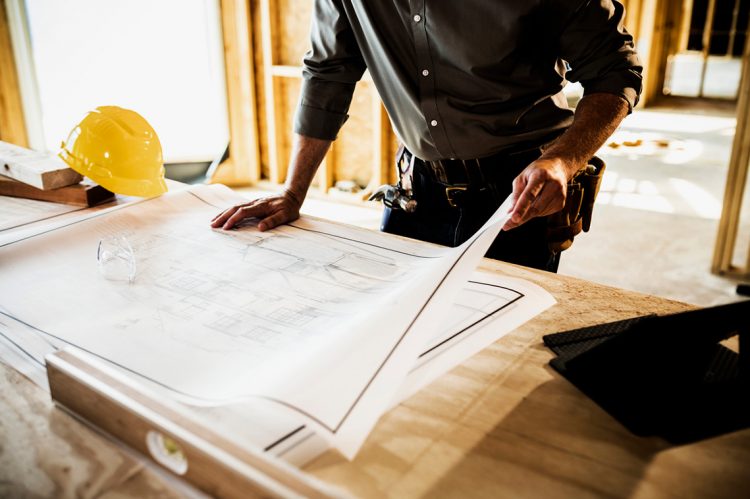Builder confidence in the market for newly built single-family homes dropped five points to 33, its 11th straight monthly decline, according to a new report from the National Association of Home Builders (NAHB) and Wells Fargo.
The NAHB/Wells Fargo Housing Market Index (HMI) for November found that this is the lowest confidence reading since June 2012, with the exception of the onset of the pandemic in the spring of 2020.
“Higher interest rates have significantly weakened demand for new homes as buyer traffic is becoming increasingly scarce,” said NAHB Chairman Jerry Konter. “With the housing sector in a recession, the Biden administration and new Congress must turn their focus to policies that lower the cost of building and allow the nation’s home builders to expand housing production.”
All three HMI components posted declines in November. Current sales conditions fell six points to 39, sales expectations in the next six months declined four points to 31 and traffic of prospective buyers fell five points to 20. Looking at the three-month moving averages for regional HMI scores, the Northeast fell six points to 41, the Midwest dropped two points to 38, the South fell seven points to 42 and the West posted a five-point decline to 29.
To bring more buyers into the marketplace, 59% of builders report using incentives, with a big increase in usage from September to November. For example, in November, 25% of builders say they are paying points for buyers, up from 13% in September. Mortgage rate buy-downs rose from 19% to 27% over the same time frame. And 37% of builders cut prices in November, up from 26% in September, with an average price of reduction of 6%. This is still far below the 10%-12% price cuts seen during the Great Recession in 2008.
“Even as home prices moderate, building costs, labor and materials–particularly for concrete–have yet to follow,” said NAHB Chief Economist Robert Dietz. “To ease the worsening housing affordability crisis, policymakers must seek solutions that create more affordable and attainable housing. With inflation showing signs of moderating, this includes a reduction in the pace of the Federal Reserve’s rate hikes and reducing regulatory costs associated with land development and home construction.”
For the full report, click here.












